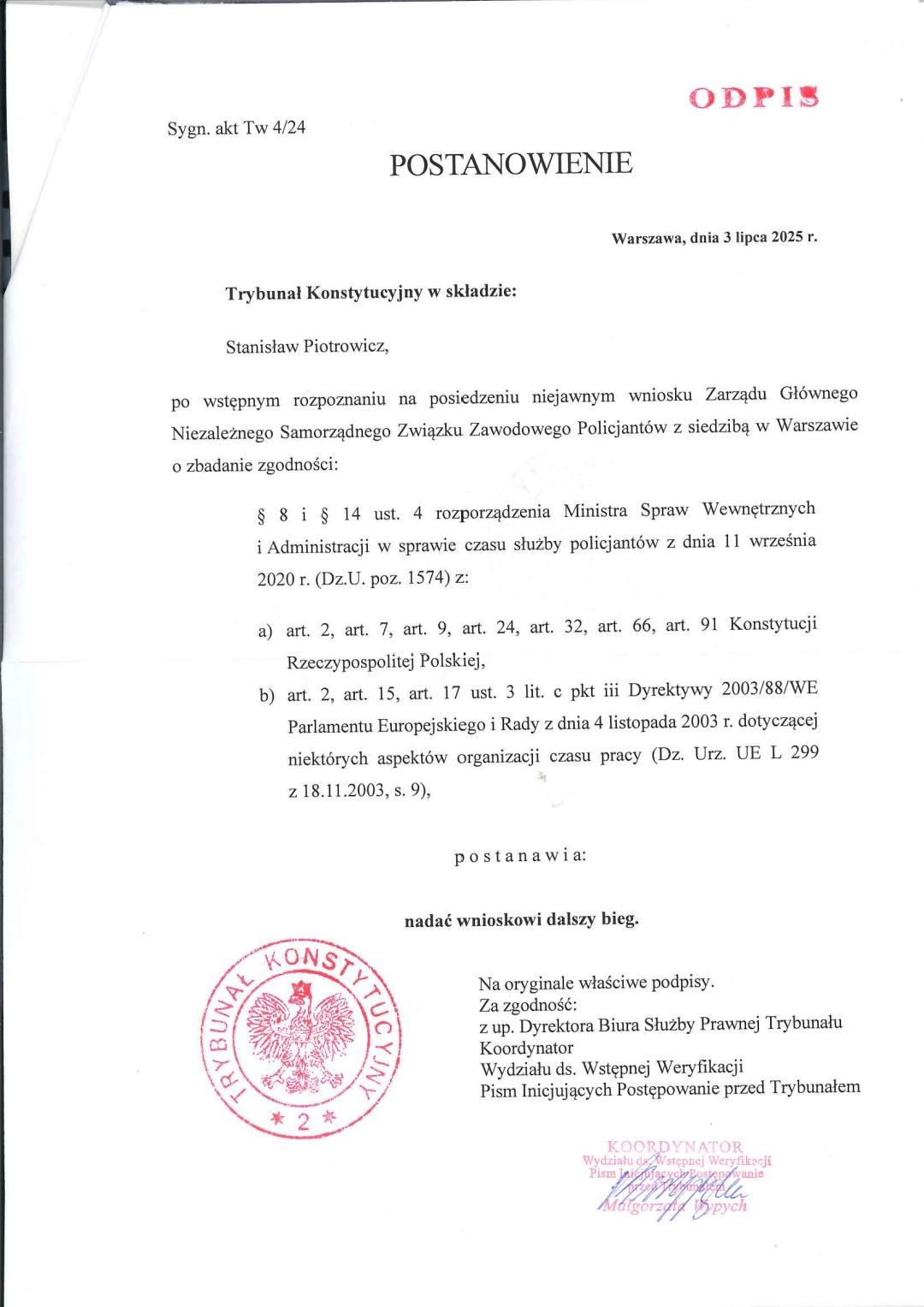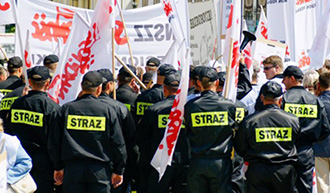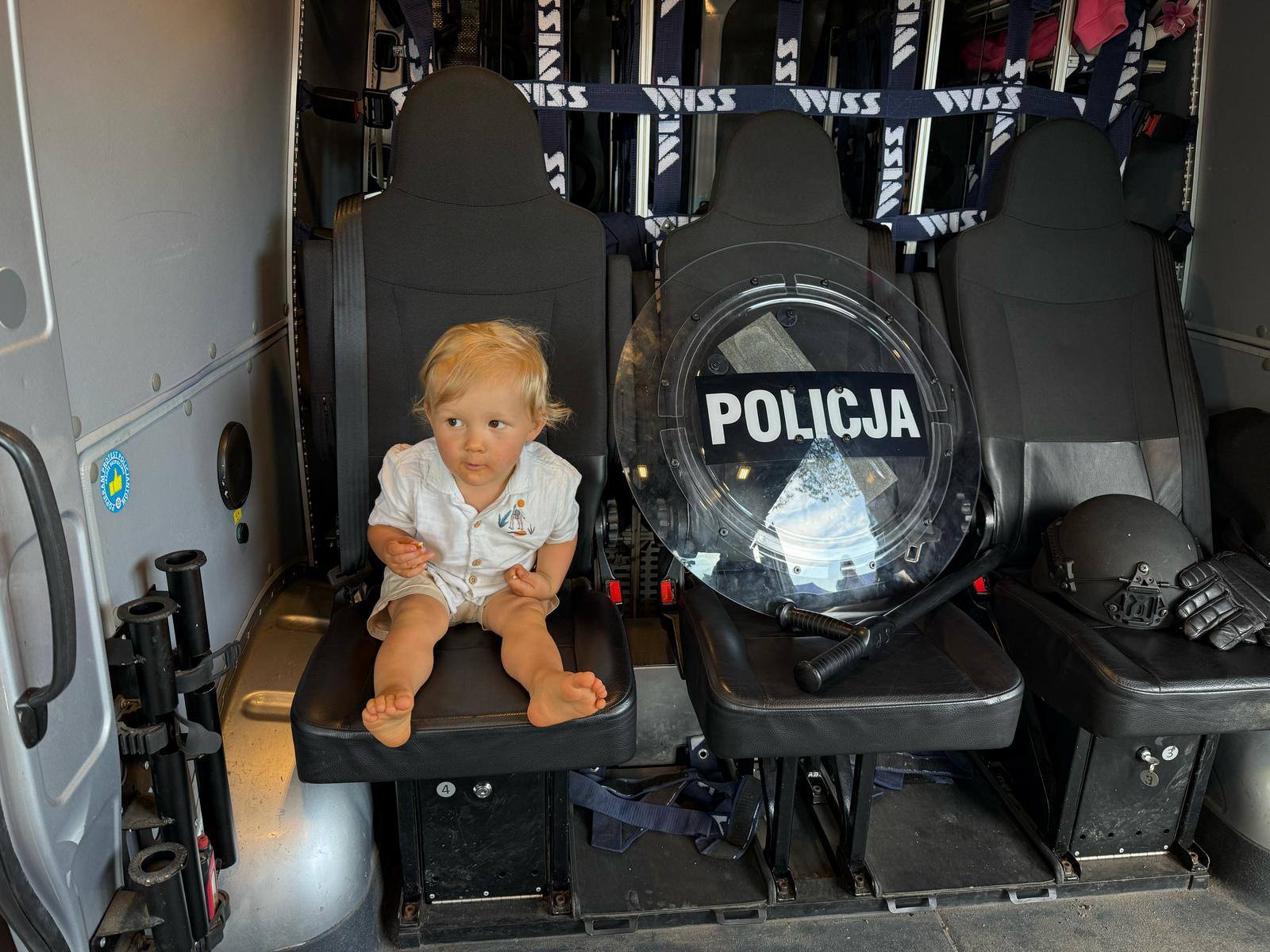
ISTANBUL- Turkish Airlines (TK) was operating a long-haul flight TK79 from Istanbul (IST) to SAN FRANCISCO (SFO) when a tragic in-flight medical emergency occurred on July 13, 2025. The aircraft, an Airbus A350-941, was en route over Greenland when the incident unfolded.
The flight, originally bound for San Francisco International Airport (SFO), diverted to CHICAGO O’HARE (ORD) after the situation changed mid-flight. Despite an initial attempt to divert to Reykjavik’s KEFLAVIK AIRPORT (KEF), the crew made a critical reassessment based on the passenger’s condition.
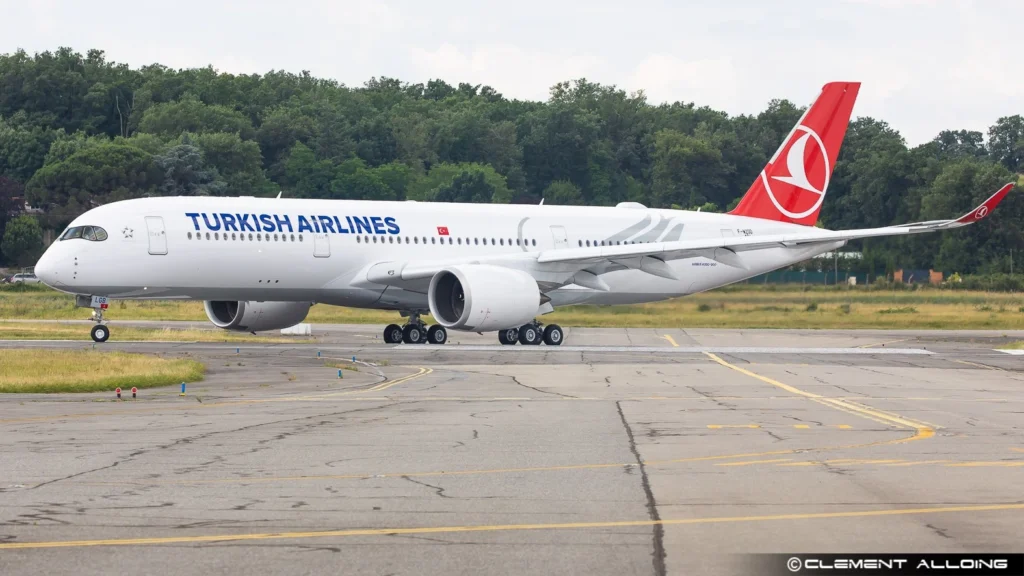 Photo: Clément Alloing
Photo: Clément AlloingTurkish Airlines Flight Medical Emergency
While cruising over Greenland, a passenger aboard TK79 suffered a severe medical emergency. In response, the crew initiated a holding pattern, which resulted in the visible flight path circles over the region.
This maneuver is a standard procedure that provides time to assess the passenger’s condition, coordinate with medical professionals via radio, and evaluate diversion options.
Initially, the crew prepared to divert to Keflavik Airport (KEF) in Iceland, the nearest major diversion point.
However, as the passenger’s condition worsened, resulting in their unfortunate passing, the necessity for an urgent diversion diminished. Consequently, the decision was made to continue toward North America rather than divert outside the US airspace.
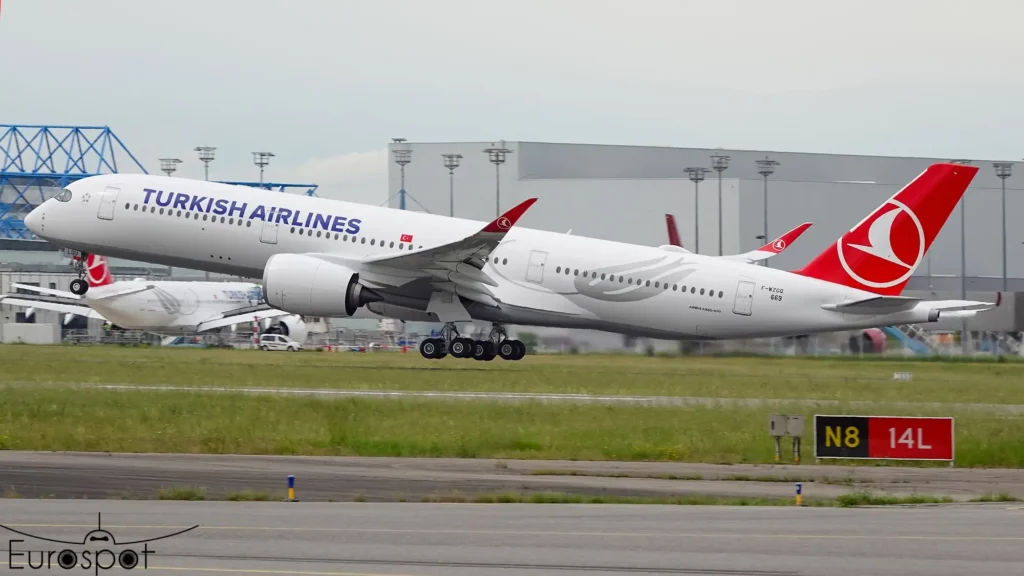 Photo: Eurospot
Photo: EurospotDecision to Divert to Chicago O’Hare
Upon entering the airspace over the United States, the crew opted to land at CHICAGO O’HARE (ORD), a major international hub capable of handling emergency landings with adequate medical support and facilities.
This decision was made to ensure proper handling of the deceased passenger and logistical requirements for the airline and remaining passengers.
The Airbus A350 (registration TC-LGH) safely landed at Chicago before continuing its route or arranging further connections for the passengers. Turkish Airlines coordinated ground services to manage the situation respectfully and efficiently.
Protocols for Medical Diversions
Airlines follow strict protocols when handling onboard medical emergencies. Decisions to divert are based on several factors, including:
- The passenger’s medical state
- Nearest suitable airports
- Weather conditions
- Availability of medical services on the ground
Holding patterns, like the one seen over Greenland, are part of the assessment process. Once a passenger passes away in-flight, the urgency to land diminishes slightly, allowing the crew to opt for an airport better equipped for the comprehensive handling of such cases.
 Photo: Copyright to CLEMENT ALLOING PHOTOGRAPHIE | Flickr
Photo: Copyright to CLEMENT ALLOING PHOTOGRAPHIE | FlickrPassenger Reactions and Crew Response
Passengers reported witnessing CPR efforts and crew members providing privacy by holding up blankets. While most passengers expressed empathy, isolated complaints about delays were noted, reflecting a broader issue of inconsiderate behavior during emergencies.
Turkish Airlines maintained professional conduct throughout the incident, prioritizing dignity and safety over schedule adherence.
This approach is consistent with international aviation standards regarding in-flight emergencies.
Stay tuned with us. Further, follow us on social media for the latest updates.
Join us on Telegram Group for the Latest Aviation Updates. Subsequently, follow us on Google News
Turkish Airlines Emergency Landing in New York as A350 Captain Died Mid-Flight
The post Turkish Airlines Flight to San Francisco with A350 Diverted to Chicago appeared first on Aviation A2Z.









